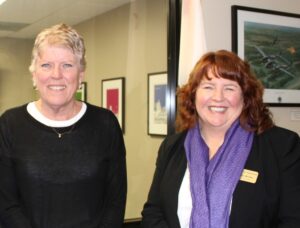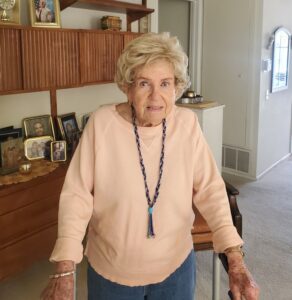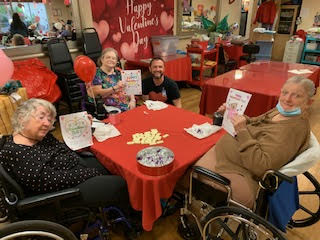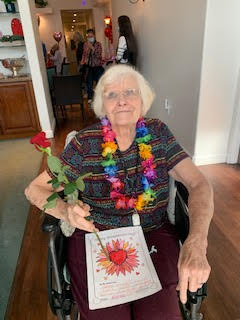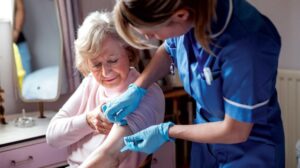The Ventura County Area Agency on Aging and the Ventura County Elderly Fall Prevention Coalition’s award-winning Fall Prevention Program has a new set of classes beginning soon around the county.
Oxnard
Stepping On – Oxnard Performing Arts Center – Tuesdays – March 21 through May 2 – 1 p.m. to 3 p.m.
Tai Chi: Moving for Better Balance – Oxnard Performing Arts Center – Tuesdays & Thursdays – April 11 through June 29 – 9 a.m to 10:30 a.m. OR 10:45 a.m. to 12:15 p.m.
Ventura
Tai Chi: Moving for Better Balance – County of Ventura California Room – Wednesdays & Fridays – April 12 through June 30 – 9 a.m to 10:30 a.m. OR 10:45 a.m. to 12:15 p.m.
Tai Chi: Moving for Better Balance – Community Presbyterian Church – Wednesdays & Fridays – April 12 through June 30 – 10 a.m to 11:30 a.m.
Tai Chi: Moving for Better Balance – Ventura Church of Christ – Wednesdays & Fridays – April 12 through June 30 – 10:45 a.m to 12:15 p.m.
Classes, which are free, are designed for individuals 60 and up. Please click on the PDF for additional information, or visit vcaaa.org/falls. To register for most classes, call the VCAAA at (805) 477-7300, option 6, or email [email protected]. For the Tai Chi class being hosted by HELP of Ojai, call (805) 646-5122. For A Matter of Balance being hosted by the Simi Valley Senior Center, call (805) 583-6363.
A Matter of Balance is designed for those 60 and older who are inactive with poor balance, who have fallen, and who may have developed a fear of falling. Participants should expect to begin an easy-to-do regimen to improve balance, strength, flexibility and self-confidence. This class is held once a week for eight weeks and includes chair-based exercises.
Stepping On is designed for individuals who have fallen or who are fearful of falling. Participants have access to a physical therapist who teaches strength and balance exercises, a vision expert, a public safety expert, and a pharmacist who will discuss fall risks associated with certain medications.
Tai Chi: Moving for Better Balance is an exercise program developed especially for older adults using modified practices designed to improve and strengthen balance and mobility. Classes are intended for beginners. Canes and walkers are welcome. This class is proven to reduce falls by 55 percent.
Individuals concerned about falls or those who have recently experienced a fall, as well as those who are interested in improving balance, flexibility, and strength, are encouraged to participate. Nationally recognized research shows that one in four adults over the age of 65, and half of the population over the age of 75, fall each year. One out of every five falls results in a serious injury, and about three million older people are treated at emergency departments for fall injuries each year. Approximately 32,000 older adults die each year as a result of falls.
The Ventura County Area Agency on Aging, an agency of the County of Ventura, is charged with the responsibility of promoting, developing, and implementing a comprehensive coordinated system of care that enables older individuals, children and adults with disabilities, and their caregivers to live in a community-based setting. The VCAAA advocates for the needs of those 60 years and older in the county, providing leadership and promoting citizen involvement in the planning process as well as in the delivery of services.
